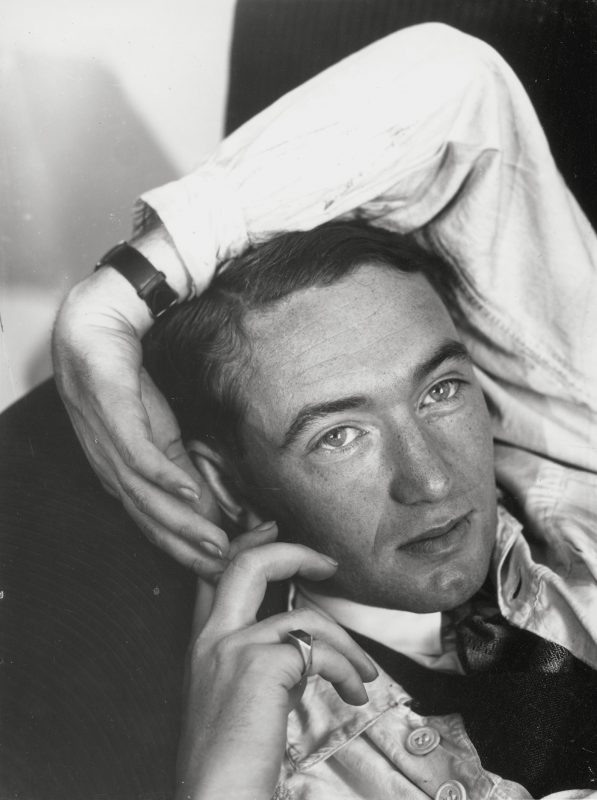1927–1930

On April 4, 1927, Peiffer Watenphul became teacher of general artistic design at the Folkwangschule in Essen. This was his first position as a teacher, though there would be others in the years to come. He was a gifted educator and thoroughly enjoyed teaching. He chafed only at the limitations on his artistic freedom and being tied to one place. He met up with a number of former Bauhaus pupils in Essen, including Grete Willers and Max Burchartz. He soon became good friends with Karl Rössing and Joseph Enseling, his colleagues at the Folkwangschule. During the months in Essen, he spent most of his weekends with his parents in Hattingen.
Financial independence allowed him multiple stays in Berlin, where he frequented the theater and the cabaret. He was often in Paris, where he was reunited with old friends: Helmut Kolle, Wilhelm Uhde, Florence Henri, Arno Breker, Karli Sohn-Rethel, Pablo Picasso, Max Ernst, and Daniel-Henry Kahnweiler. He traveled to the south of France, to Menton, Monte Carlo, Nice, and Sanary-sur-Mer, often accompanied by Grete Willers. There were long stays on Lake Garda and in Florence, Venice, and Rome. In 1929, he traveled with Klaus Gebhard to Morocco.
While still in Essen, the artist began to work with photography, with which he enjoyed great success. Max Burchartz, head of the class for photography at the Folkwangschule, familiarized Peiffer Watenphul with photographic technology. In contrast to the objective photographs thought to be so modern at the time, Peiffer Watenphul’s first photographs were imagistic, altogether personal works based on strict composition. His photographs appeared in several German and French magazines.
